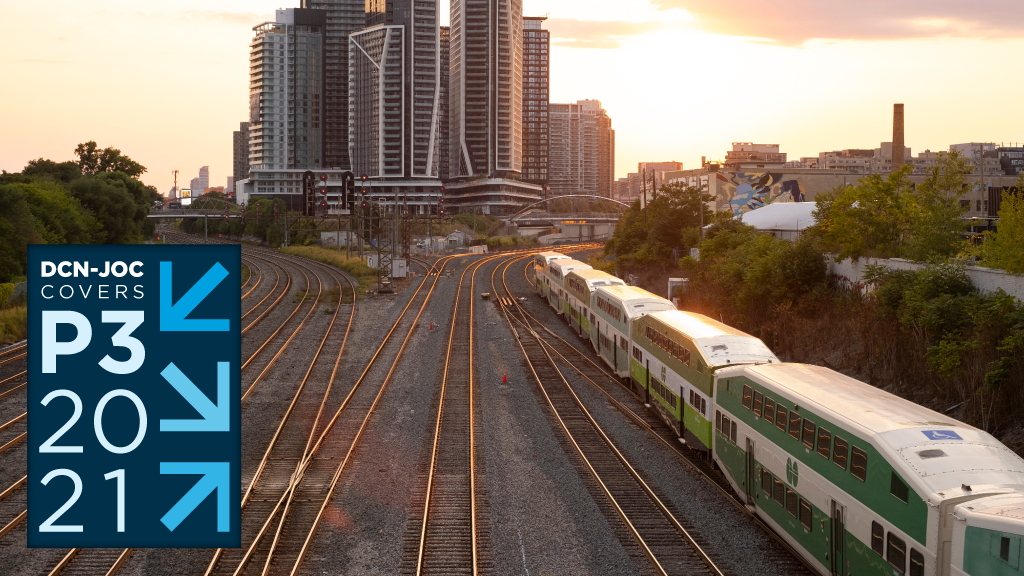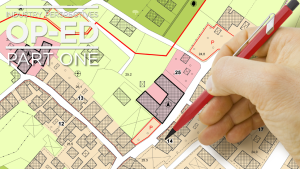Government officials reflected on infrastructure building during the pandemic and their plans for the future at this year’s Canadian Council for Public-Private Partnerships Conference.
Ministers from Ontario and Alberta shared their vision for infrastructure and what role the private sector and other levels of government can play.
The panel featured Prasad Panda, Alberta’s minister of infrastructure, as well as Kinga Surma, the Ontario minister of infrastructure.
Surma explained when COVID-19 cases hit the province, they continued to build infrastructure so businesses could be supported, jobs were sustained and the foundation for future economic growth could continue. Ontario’s planned infrastructure over the next decade totals $148 billion. This includes P3 projects like the Ontario Line and the GO Transit Expansion. She said the province is currently tracking 38 major P3 projects in various per-construction stages.
“However, the need for infrastructure investment is far from fully met,” said Surma. “I am calling on the federal government to top up our spending with an additional $10 billion per year over 10 years. This would provide us with the predictable, sustainable infrastructure spending communities need.”
One of the biggest focuses of the province has been working towards connecting 100 per cent of communities to high-speed internet. The province plans to reach that goal by 2025. She noted during the pandemic when many were stuck at home, internet access became essential.
“That is why this is a huge priority and we are looking at all options,” she said, noting the province has even invested in satellite technology that would allow even the most remote areas to get internet.
Surma highlighted the different methods the province has been using to deliver infrastructure, including exploring alternative models.
“We are always looking to adapt to market conditions so we can build better and faster,” said Surma.
The province is using a progressive procurement model on three projects. Surma explained because of the complexity or remote location of these projects, using something like an alliance model is more appropriate.
Another focus of the province is building transit-oriented communities. Surma explained Ontario is determined to no longer build stations in isolation, but instead plan them around housing and amenities. She said this allows for more walkable communities and encourages development partnerships.
Panda said his province is focused delivering more infrastructure for Albertans in a transparent way.
This includes exploring all options for financing. He said the province is aggressively pursuing P3 projects and has expanded its definition of what a P3 project is so more opportunities can be pursued.
Alberta is currently in the process of bundling school projects, with their latest bundling effort saving taxpayers $100 million.
Panda also touted the province’s unsolicited policy framework which enables Alberta’s government to consider unsolicited infrastructure investment opportunities
“Since it’s release we have gotten more than $10 billion in proposals,” said Panda, noting this includes high-speed rail from Calgary to Edmonton. “The pandemic has taught us that we need to be more innovative in delivering things.”
Panda explained while the province has seen some price increases in steel and lumber, those costs appear to have come down. He also addressed skilled labour shortages, saying the province is working to recognize more credentials from other provinces and other countries.
Panda said he has two major goals on the horizon. One is to pass the Alberta Infrastructure Act which will formalize project prioritization and add more accountability and transparency to the infrastructure development process. Following that, Panda plans to develop a 20-year strategy plan for the province.
“That should give a good forecast of what Albertan’s can expect,” said Panda.
Finally, Panda urged the federal government to work with provinces rather than imposing their agenda on them.
“They shouldn’t partner with the provinces because they want us to align ourselves to their priorities,” said Panda. “But it should be the other way around. They should recognize that we are in a better position to identify our local needs and how to meet them.”
He asked the federal government to meet with him and other provincial officials to discuss how best to co-ordinate efforts.
“Our common goal should be how to best serve our republic,” said Panda.
Follow the author on Twitter @RussellReports.











Recent Comments